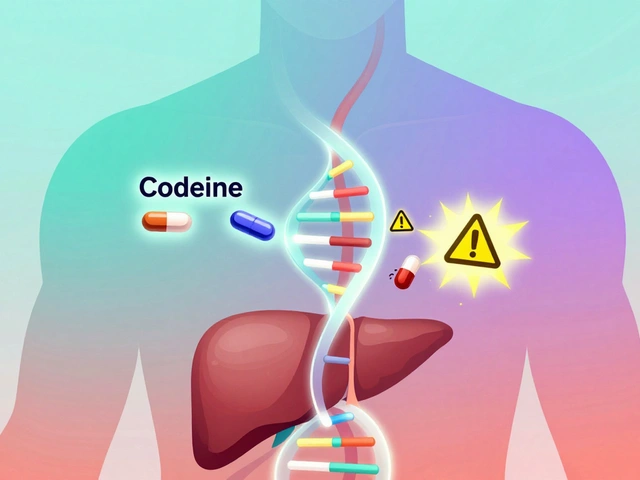Surgery aftermath: practical recovery steps and safe medication tips
Just had surgery? The first days after are where most recovery wins — and mistakes happen. This page cuts through the noise with clear, practical steps you can use right away: how to control pain, spot infection, protect your wound, and handle medicines safely. No fluff, just what matters.
First 72 hours: simple actions that help
Sleep, hydration, and gentle movement are your best friends. Rest enough, but avoid long stretches in bed — short walks every few hours lower clot risk and speed healing. Keep the incision clean and dry; follow dressing instructions from your team. If your surgeon said to remove a dressing at home, wash hands first and use clean supplies.
Watch for three red flags: rising fever, worsening redness or swelling at the wound, or new drainage that smells bad. If you see any of these, contact your clinic right away. Also call if you have sudden shortness of breath, sharp chest pain, or calf pain — those can be signs of blood clots and need urgent care.
Managing pain and medications without getting stuck
Ask your surgeon for a clear pain plan before leaving the hospital. Many teams recommend scheduled acetaminophen plus an as-needed opioid for short periods. If you prefer to avoid opioids, ask about alternatives like Toradol or other nonsteroidal options — but be aware of bleeding risk and kidney issues. We have a practical guide on Toradol and how to buy medicines safely online if you’re ordering refills.
Constipation is a common, miserable side effect of opioids. Prevent it by drinking fluids, eating fiber, and using a stool softener or mild laxative from day one. For longer-term pain, consider physical therapy, nerve blocks, or non-drug options such as ice, heat, and gradual activity.
If you take blood thinners (warfarin/Coumadin or DOACs), follow instructions about when to stop and restart around surgery. Your INR or other lab tests may need checking before you go home. Missing these steps can mean extra bleeding or clot risk — ask your surgeon and pharmacist for a clear schedule.
Medication safety tip: keep a single list of every drug and supplement you take, and show it to every provider. Some herbal supplements and over-the-counter meds interact with anesthesia or blood thinners. If you need to buy meds online, use trusted pharmacies and check credentials — our site has guides on safe online pharmacy shopping.
Finally, plan follow-ups, arrange help for heavy lifting or childcare, and set small recovery goals: walk twice today, shower tomorrow, call the clinic if X happens. Recovery is a sequence of small, steady steps. Use this checklist, ask questions when unsure, and contact your team if anything feels off.
Want detailed reads? Look for our posts on pain alternatives, anticoagulant management, and safe online pharmacies for reliable info tailored to post-op needs.
Alright folks, let's dive into this riveting world of post-operative care in anesthesia recovery. Never thought you'd be intrigued by this topic, did you? But here's the kicker, it's as crucial as a cup of coffee on a Monday morning! It plays a starring role in ensuring the patient bounces back like a ping-pong ball, making a smooth transition from their dreamland back to reality. So, let's give a standing ovation to post-op care, the unsung hero of speedy recovery!



